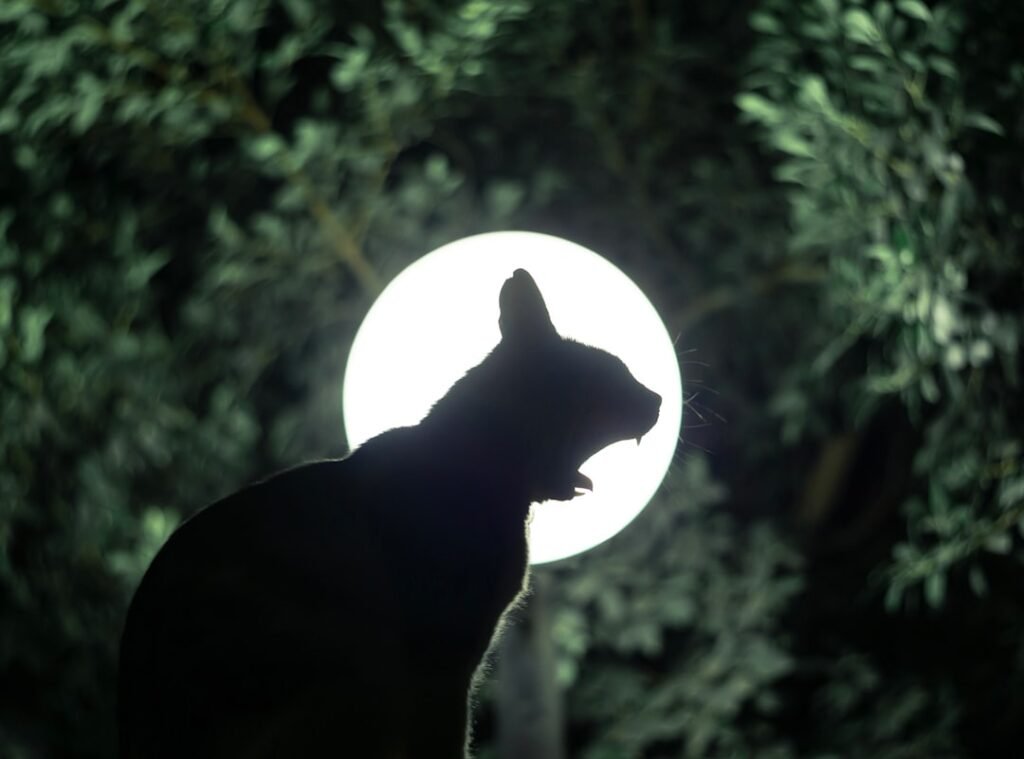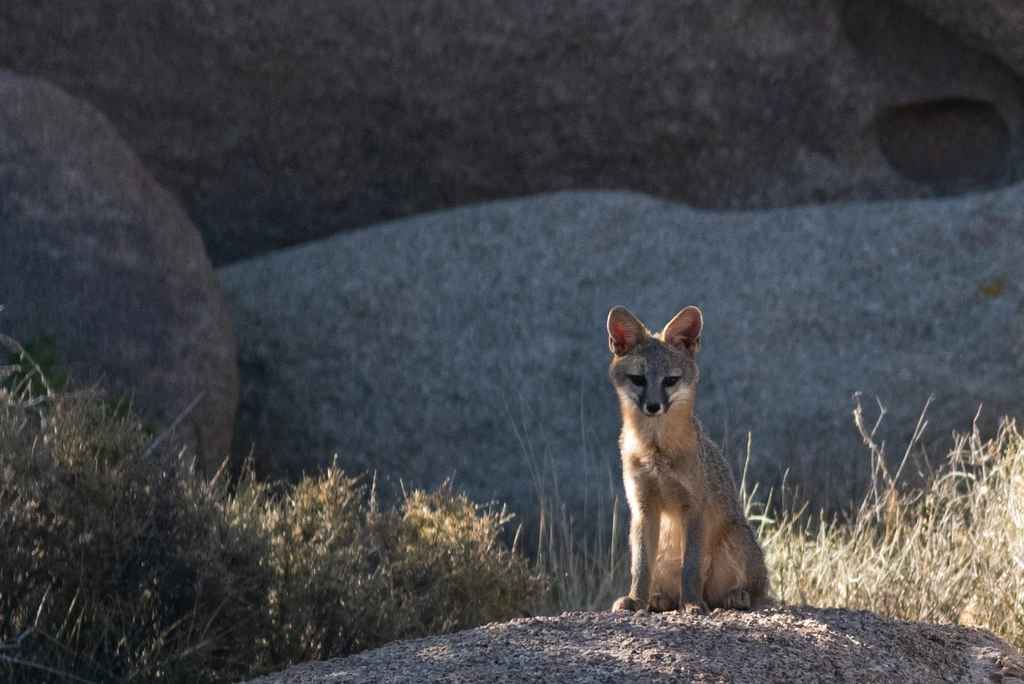When we think of zombies, our minds usually drift to the realm of fiction, where the undead roam and terrorize. However, the concept of zombification isn’t limited to the pages of a horror novel or the scenes of a blockbuster movie. Nature, in its infinite complexity, has its own fascinating examples of zombification. From parasites taking over the minds of their hosts to fungi manipulating insects for their own reproductive gain, the natural world is brimming with real-life zombies that are both eerie and captivating. Let’s embark on a journey to uncover these incredible and mind-blowing phenomena.
1. The Cordyceps Fungus: The Puppet Master of Insects
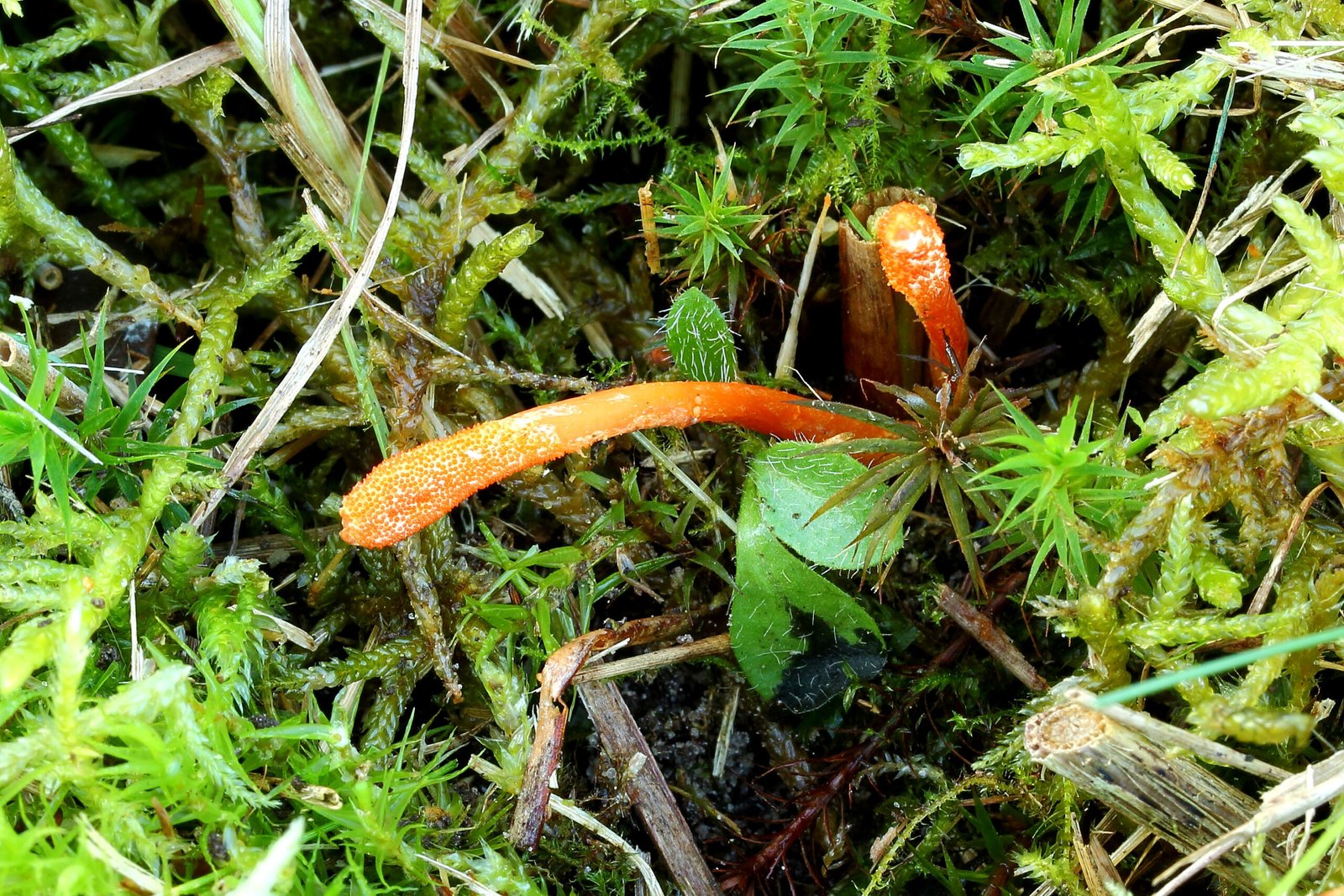
Cordyceps is a type of parasitic fungus that has a rather sinister way of reproducing. It infects insects, most famously ants, and slowly takes over their bodies. Once infected, the ant is compelled to leave its colony and find a suitable spot to die. The fungus then sprouts from the ant’s body, releasing spores to infect more unsuspecting victims. This gruesome cycle is a testament to nature’s resourcefulness and the lengths organisms will go to ensure their survival.
The process begins when a spore lands on an insect and penetrates its exoskeleton. The fungus then grows inside the host, releasing chemicals that alter the insect’s behavior. This zombification ensures the insect moves to a location that benefits the fungus’s growth and spore dispersal. It’s a chilling reminder of how life forms can manipulate others to achieve their ends, showcasing the raw power and adaptability of nature.
2. Ophiocordyceps Unilateralis: The Zombie-Ant Fungus
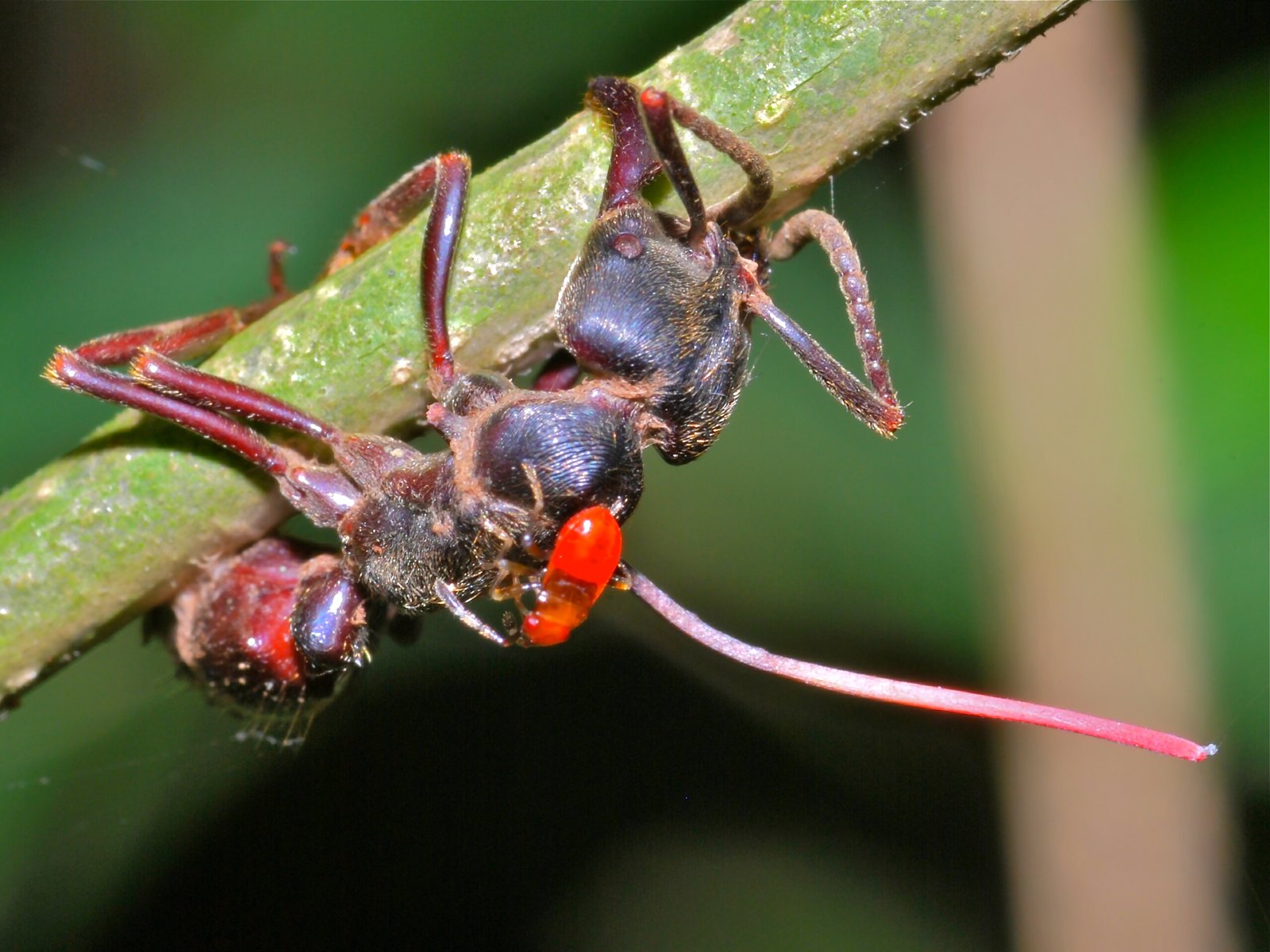
Similar to the Cordyceps, Ophiocordyceps unilateralis is a fungus that specifically targets ants, particularly the Camponotini tribe. Once it infects an ant, it takes control of its central nervous system, dictating its movements. The ant is driven to climb vegetation and attach itself to a leaf, where the fungus eventually kills it. From the ant’s head, a stalk grows, releasing spores to continue the cycle.
This phenomenon highlights the intricate dance between predator and prey, where the fungus has evolved to exploit the ant’s natural behaviors for its benefit. The sight of an ant, seemingly alive yet under the control of an external force, is both fascinating and unsettling. It serves as a reminder of the complex relationships that exist in nature, where survival often comes at the expense of another.
3. The Jewel Wasp: Mind Control Expert
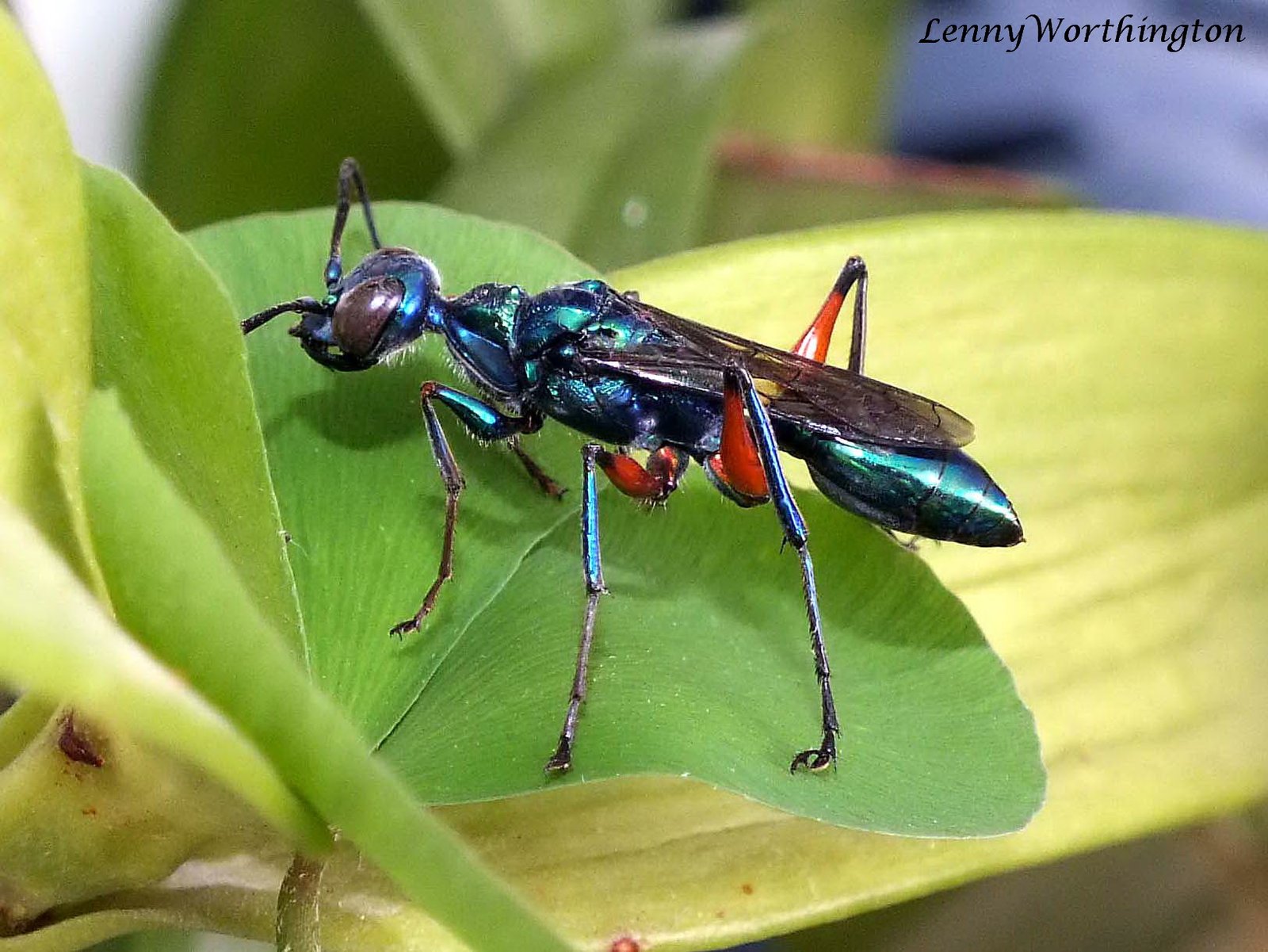
The jewel wasp, with its iridescent blue and green coloring, may look beautiful, but its reproductive habits are anything but. This wasp preys on cockroaches, delivering a precise sting to the roach’s brain. This sting effectively turns the cockroach into a passive host, allowing the wasp to lead it to a burrow. There, the wasp lays its eggs on the roach, providing a live, albeit zombified, meal for its offspring.
The jewel wasp’s method is a masterclass in biological precision. By targeting specific neural pathways, it renders its prey docile and compliant. This form of zombification is a stark example of how some organisms have evolved to exploit others for reproductive success. The jewel wasp’s actions are a chilling reminder of the lengths nature will go to ensure the continuation of a species.
4. Leucochloridium Paradoxum: The Eye-Catching Parasite
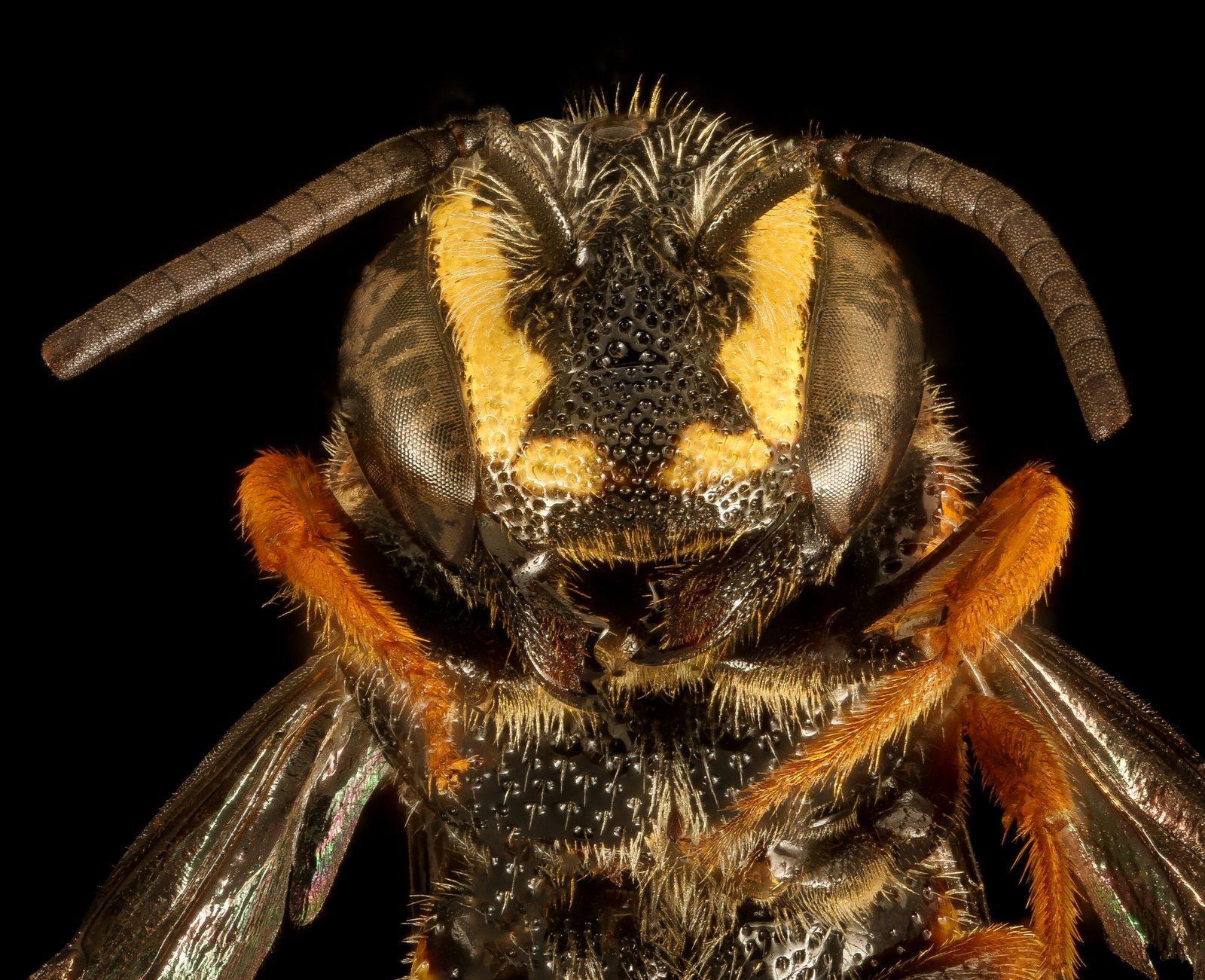
Leucochloridium paradoxum is a parasitic flatworm that targets snails, turning them into unwilling participants in its reproductive cycle. Once inside a snail, the parasite invades its tentacles, causing them to swell and pulsate with vibrant colors. This transformation makes the snail more visible to birds, the parasite’s next host.
The pulsating tentacles resemble caterpillars, a favorite food of many birds, increasing the likelihood of predation. Once a bird consumes the infected snail, the parasite continues its life cycle inside the bird, eventually spreading through its droppings. This intricate cycle showcases the lengths to which parasites will go to complete their life cycle, using their hosts as mere vessels for survival and propagation.
5. The Hairworm: Aquatic Puppeteers
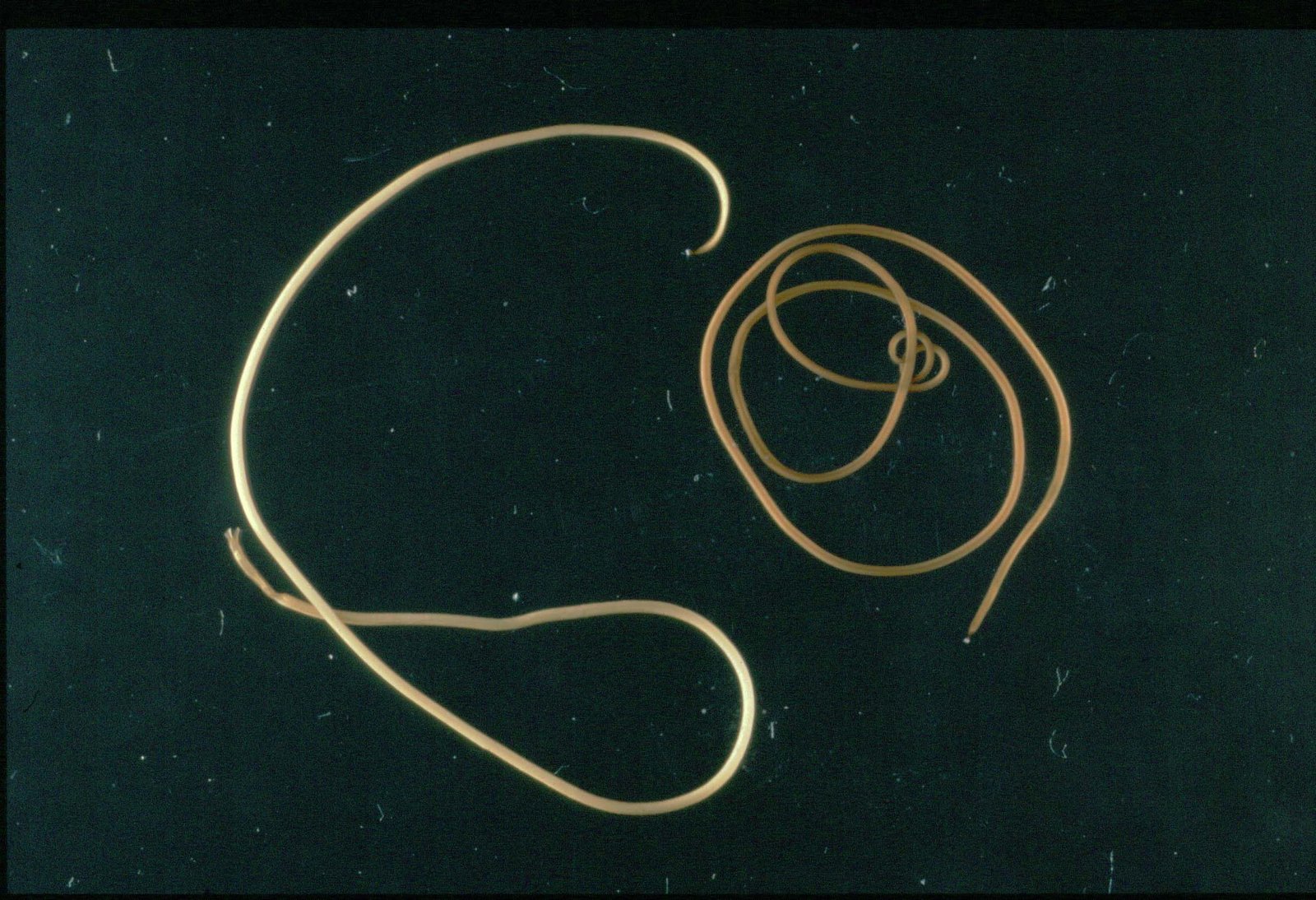
Hairworms, or Nematomorpha, are parasitic worms that have a unique life cycle involving insects like crickets and grasshoppers. Once inside their host, they grow to several times the length of the insect. When mature, the hairworm manipulates its host’s behavior, compelling it to seek out water and jump in, often leading to its drowning.
The hairworm then emerges from the drowned host, ready to continue its life cycle in its aquatic environment. This behavior modification is a fascinating, albeit grim, demonstration of how parasites can override a host’s natural instincts for their benefit. It’s a powerful reminder of the intricate and often ruthless strategies employed by nature to ensure survival.
6. Toxoplasma Gondii: The Cat-Loving Parasite
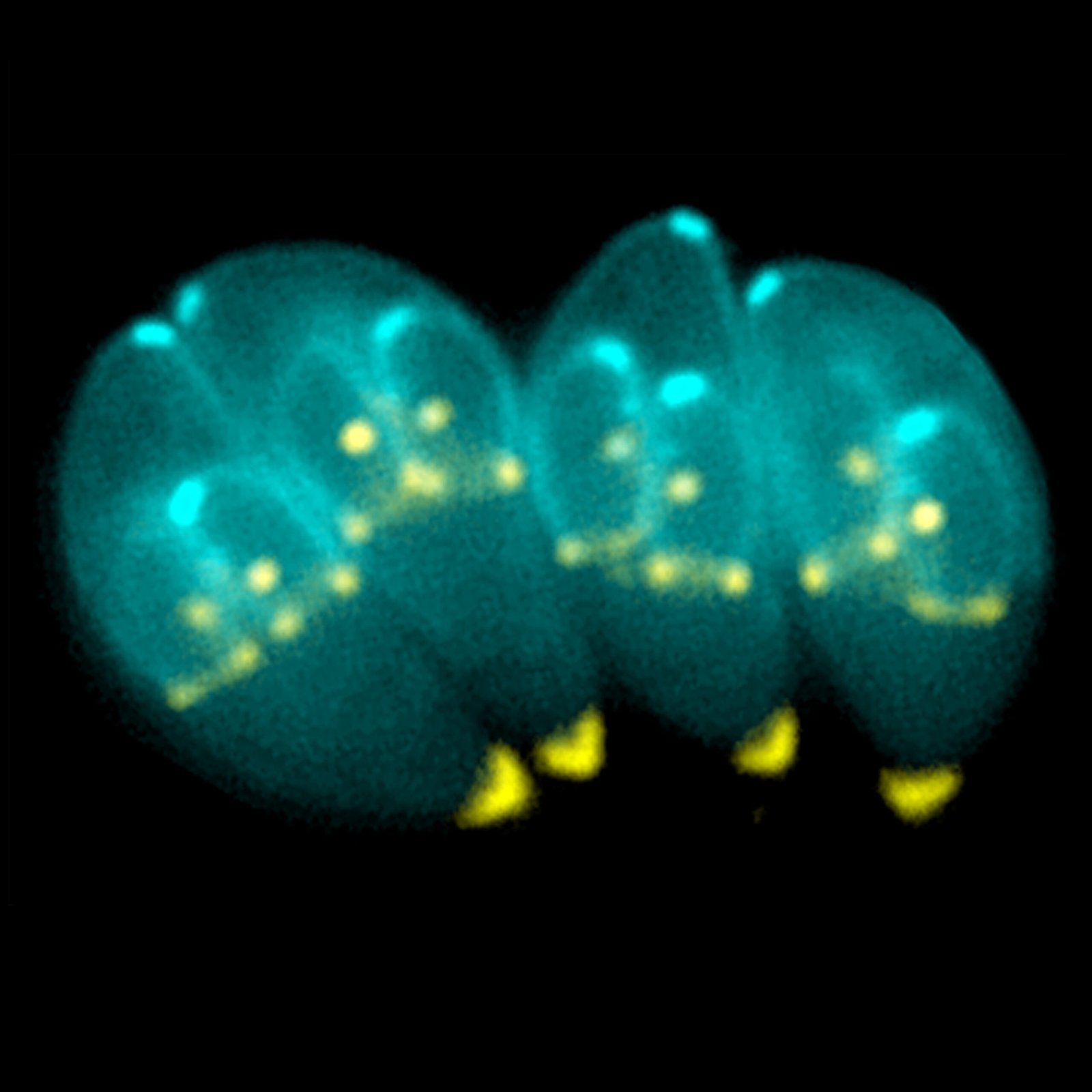
Toxoplasma gondii is a protozoan parasite that infects warm-blooded animals but can only reproduce in cats. When it infects rodents, it alters their behavior, making them less fearful of predators like cats. This increases the likelihood of the rodent being eaten, allowing the parasite to continue its life cycle within the feline host.
This subtle form of behavioral manipulation is a brilliant evolutionary strategy. By altering its host’s behavior, Toxoplasma gondii ensures its survival and reproduction. It’s a testament to the complex and often invisible interactions between organisms in nature, where even the smallest creatures can exert significant influence over others.
7. Sacculina Carcini: The Crab Hijacker
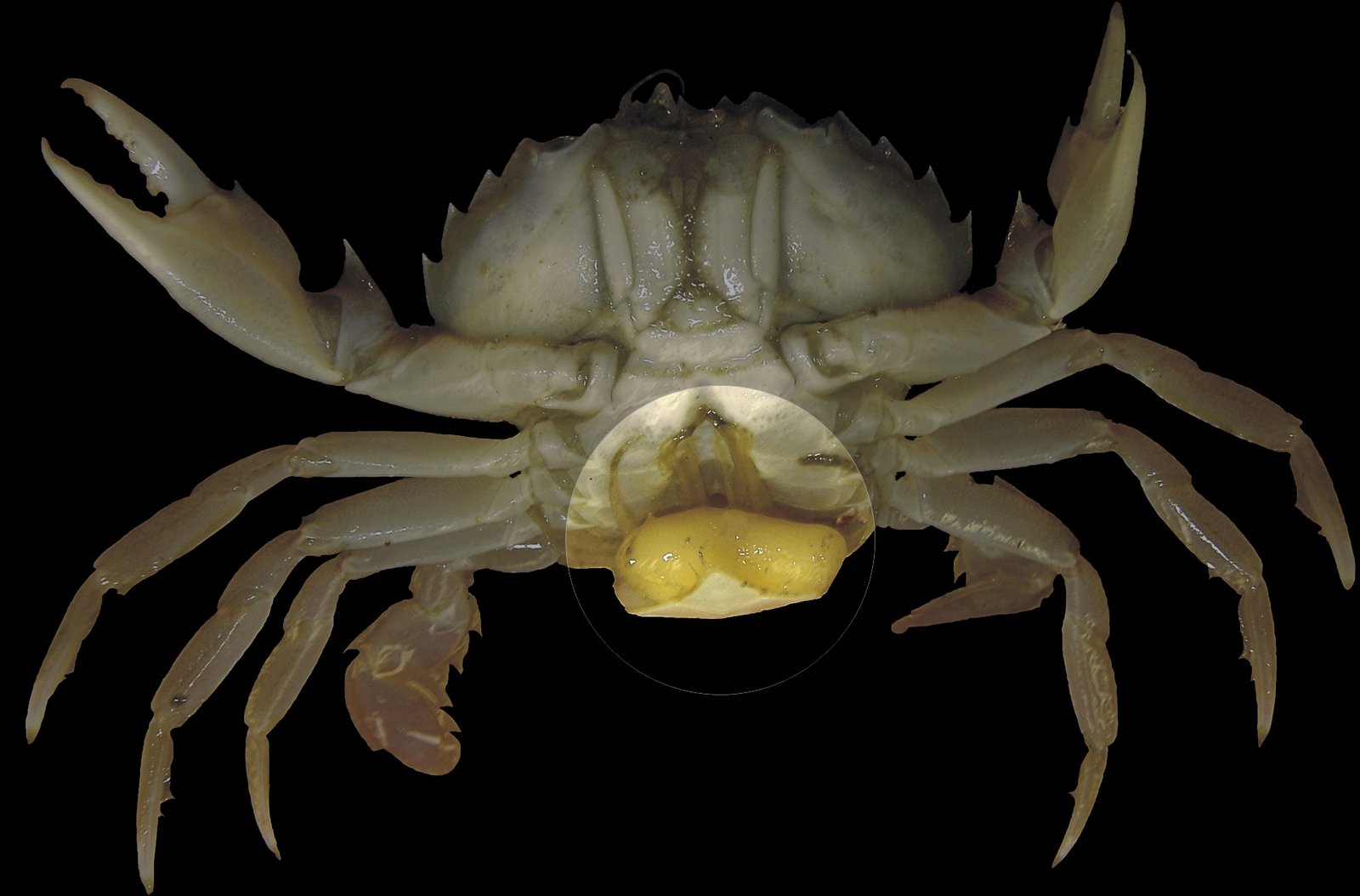
Sacculina carcini is a parasitic barnacle that targets crabs, injecting itself into the host’s body and taking over its internal organs. This parasitic invasion causes the crab to become infertile and redirects its energies towards nurturing the parasite’s offspring instead of its own.
The crab, now under the control of Sacculina, exhibits behaviors typical of a female crab caring for her young, regardless of its original sex. This drastic alteration in behavior and physiology is a stark example of how some organisms can completely hijack another’s body and life functions for their benefit. It’s a chilling reminder of the intricate and often invasive relationships that exist in the natural world.
8. Lancet Liver Fluke: Manipulator of Mammals
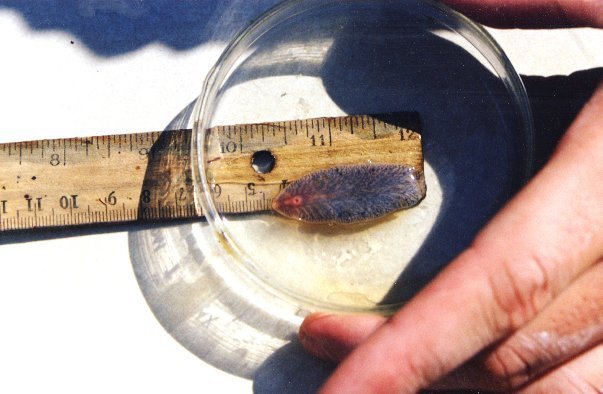
The lancet liver fluke, Dicrocoelium dendriticum, has a multi-host life cycle that includes snails, ants, and mammals like cows and sheep. Once the fluke infects an ant, it manipulates its behavior, causing the ant to climb to the top of a blade of grass and clamp down. This positioning makes it more likely for the ant to be consumed by a grazing mammal.
Inside the mammal’s liver, the fluke matures and lays eggs, which are excreted and eventually consumed by snails, restarting the cycle. This complex life cycle highlights the intricate strategies parasites employ to navigate multiple hosts and environments. It’s a fascinating insight into the interconnectedness of life and the lengths organisms will go to ensure their survival.
9. Parasitic Plants: The Silent Invaders

While not traditional zombies, parasitic plants like mistletoe and dodder exhibit zombification-like behavior by leeching off their host plants. These plants attach themselves to their hosts, siphoning off water and nutrients, often to the detriment of the host.
Parasitic plants have evolved specialized structures to pierce their host’s tissues, allowing them to extract resources without photosynthesizing themselves. This form of parasitism is a subtle yet effective way for these plants to thrive without expending energy on producing their food. It’s a reminder of the diverse strategies life employs to survive and the delicate balance of ecosystems where even plants can play the role of the zombie.

Jan loves Wildlife and Animals and is one of the founders of Animals Around The Globe. He holds an MSc in Finance & Economics and is a passionate PADI Open Water Diver. His favorite animals are Mountain Gorillas, Tigers, and Great White Sharks. He lived in South Africa, Germany, the USA, Ireland, Italy, China, and Australia. Before AATG, Jan worked for Google, Axel Springer, BMW and others.



